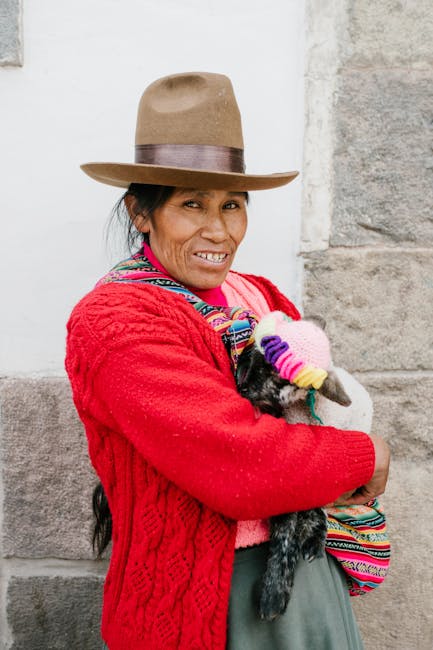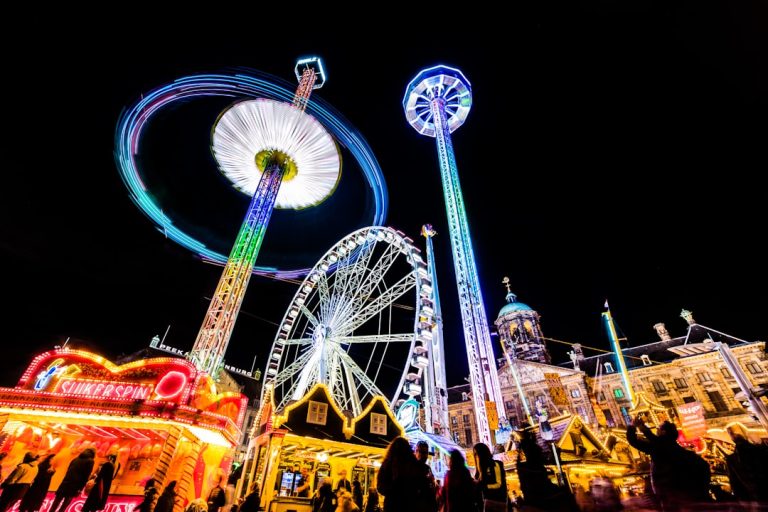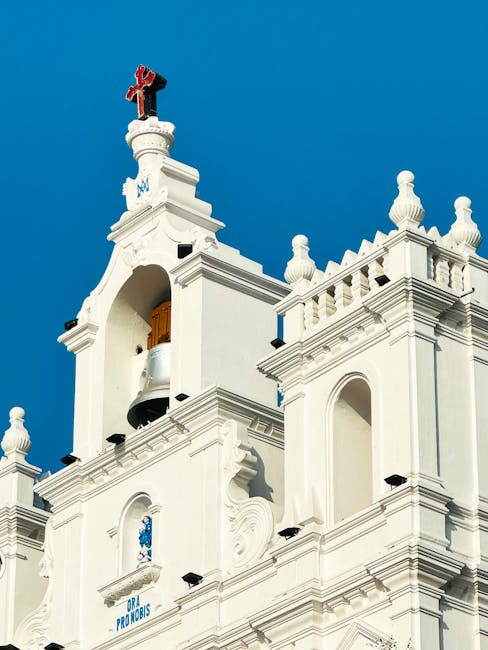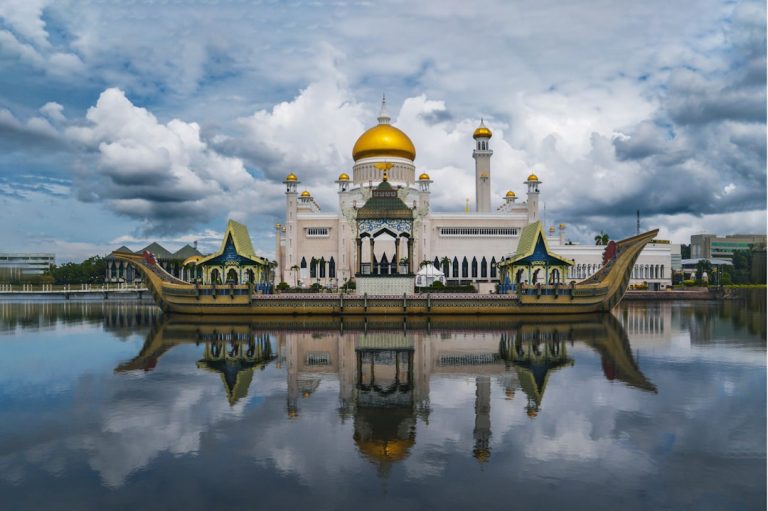Rome, Italy! Just the name conjures up images of ancient ruins, delicious food, and charming streets. If you’re planning a trip to the Eternal City, you’re in for a treat. But with so much to see, it can be overwhelming. That’s why I’ve put together a list of the absolute top things you shouldn’t miss, making sure you get the most out of your Roman holiday.
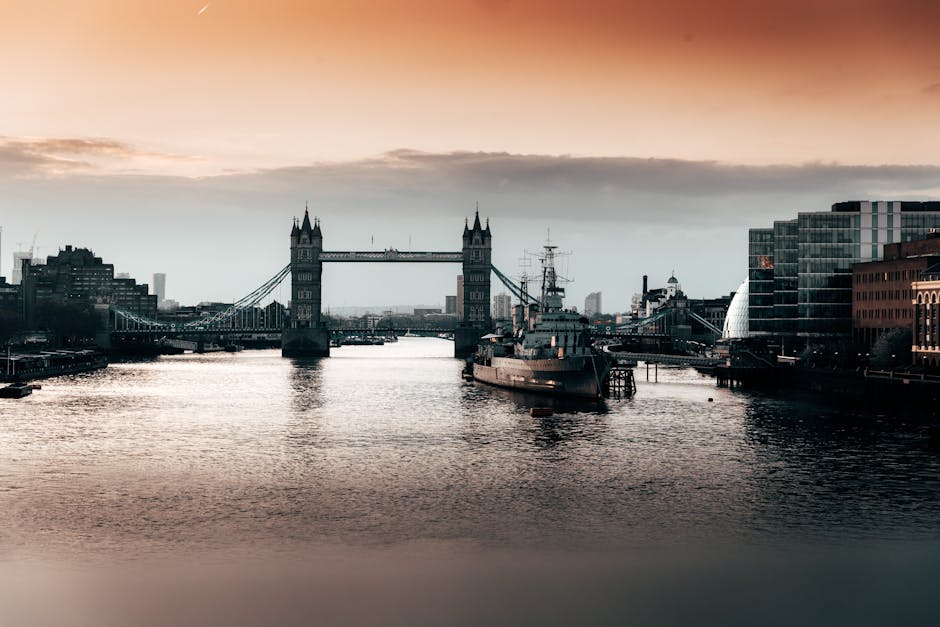
The Colosseum: A Gladiator’s Arena
No trip to Rome is complete without visiting the Colosseum. This massive amphitheater, dating back to 80 AD, once hosted gladiatorial contests and public spectacles. Walking through its arches is like stepping back in time. Imagine the roar of the crowd and the clash of steel! To avoid long lines, book your tickets online in advance. Consider a guided tour to learn about the Colosseum’s fascinating history and the lives of the gladiators who fought there.
The Roman Forum: Center of Ancient Rome
Right next to the Colosseum lies the Roman Forum, the heart of ancient Rome’s political, religious, and social life. Wander through the ruins of temples, basilicas, and government buildings. Picture senators debating laws, merchants selling their wares, and citizens going about their daily lives. The Forum can be a bit confusing without context, so grab a map or consider a guided tour to understand the significance of each ruin. Don’t forget to climb Palatine Hill for stunning views overlooking the Forum.
The Pantheon: Architectural Marvel
The Pantheon is one of the best-preserved ancient Roman buildings. Originally a temple to all the gods, it’s now a church. The most impressive feature is its massive dome with an oculus (a circular opening) at the top. Rain or shine, looking up through the oculus is an incredible experience. The play of light and shadow inside the Pantheon is truly magical. Take your time to admire the intricate details of the architecture and the tombs of famous figures like Raphael.
The Trevi Fountain: Toss a Coin, Make a Wish
The Trevi Fountain is one of the most famous fountains in the world, and for good reason. Its stunning Baroque sculptures and cascading water are a sight to behold. Legend says that if you toss a coin into the fountain, you’re guaranteed to return to Rome. To avoid the biggest crowds, visit early in the morning or late at night. Be aware of your belongings, as pickpockets can be common in crowded tourist areas.
Vatican City: A City Within a City
Vatican City, an independent city-state within Rome, is home to St. Peter’s Basilica and the Vatican Museums. St. Peter’s Basilica is an awe-inspiring church with breathtaking art and architecture. Climb to the top of the dome for panoramic views of Rome. The Vatican Museums house an incredible collection of art and artifacts, including the Sistine Chapel with Michelangelo’s famous frescoes. Book your tickets online well in advance to avoid extremely long queues. Dress modestly when visiting Vatican City (shoulders and knees covered).
Spanish Steps: Climb and Enjoy the View
The Spanish Steps are a grand staircase connecting the Piazza di Spagna with the Trinità dei Monti church. Climb to the top for beautiful views of the city. The steps are a popular spot for people-watching and relaxing. However, sitting on the steps is now prohibited and can result in a fine, so enjoy the view while standing or walking. The Piazza di Spagna at the bottom of the steps is also a lovely place to wander and soak up the atmosphere.
Trastevere: Charming Neighborhood
Trastevere is a charming neighborhood known for its cobblestone streets, lively atmosphere, and delicious restaurants. It’s the perfect place to wander, get lost, and discover hidden gems. In the evening, Trastevere comes alive with locals and tourists enjoying dinner and drinks. Choose from traditional Roman trattorias to trendy bars and cafes. Be sure to try some authentic Roman cuisine, like pasta cacio e pepe or saltimbocca.
Borghese Gallery and Gardens: Art and Nature
The Borghese Gallery houses a stunning collection of sculptures and paintings by artists like Bernini and Caravaggio. The gallery is located in the beautiful Borghese Gardens, which offer a peaceful escape from the hustle and bustle of the city. Book your tickets well in advance, as entry is timed and limited. After visiting the gallery, take a stroll through the gardens, rent a boat on the lake, or simply relax and enjoy the scenery.
Catacombs of Rome: An Underground Adventure
For a unique and slightly spooky experience, visit the Catacombs of Rome. These ancient underground burial places were used by early Christians and Jews. Explore the tunnels and see the tombs of thousands of people. Guided tours are available and provide fascinating insights into the history of the catacombs. Remember to dress warmly, as the catacombs can be cool and damp.
Food, Glorious Food!: A Culinary Adventure
Let’s be honest, food is a HUGE part of the Roman experience! Don’t just stick to pasta (though you absolutely SHOULD try the pasta). Explore local markets like Campo de’ Fiori for fresh produce, cheeses, and cured meats. Sample street food like supplì (fried rice balls) and pizza al taglio (pizza by the slice). Indulge in gelato – you’ll find amazing gelato shops all over the city. And of course, enjoy delicious pasta dishes like Carbonara, Amatriciana, and Cacio e Pepe. Don’t be afraid to venture off the beaten path and try smaller, family-run trattorias for the most authentic Roman flavors.
Safety Tips for Rome
Rome is generally a safe city, but it’s always wise to be aware of your surroundings. Be mindful of your belongings, especially in crowded tourist areas, as pickpockets can be a problem. Avoid walking alone in poorly lit areas at night. Be cautious of scams, such as people offering “free” gifts or asking you to sign petitions. Use common sense and trust your instincts.
Getting Around Rome
Rome has a good public transportation system, including buses, trams, and a metro. However, walking is often the best way to explore the city, especially the historic center. Wear comfortable shoes, as you’ll be doing a lot of walking. Taxis and ride-sharing services are also available, but they can be expensive, especially during peak hours.
Frequently Asked Questions
What is the best time to visit Rome?
The best time to visit Rome is in the spring (April-May) or fall (September-October) when the weather is mild and the crowds are smaller. Summer can be hot and crowded, while winter can be chilly and rainy.
How many days do I need in Rome?
Ideally, you should spend at least 3-4 days in Rome to see the major attractions. However, you could easily spend a week or more exploring the city and its surroundings.
What should I wear in Rome?
Wear comfortable shoes, as you’ll be doing a lot of walking. Dress modestly when visiting churches and religious sites (shoulders and knees covered). In the summer, wear light and breathable clothing. In the winter, dress warmly with layers.
How much does it cost to visit Rome?
The cost of visiting Rome depends on your travel style and budget. Accommodation, food, and activities can be expensive, especially during peak season. However, there are ways to save money, such as staying in budget-friendly accommodations, eating at local trattorias, and taking advantage of free activities like visiting parks and churches.
Rome is a city that will capture your heart with its history, art, culture, and food. By planning ahead and choosing the top sights that appeal to you, you can create an unforgettable Roman adventure. Remember to embrace the “dolce vita” – the sweet life – and enjoy every moment of your trip!

